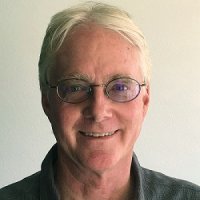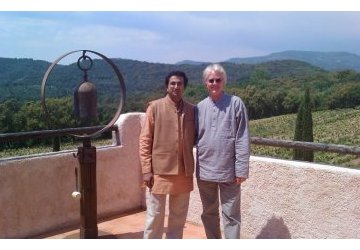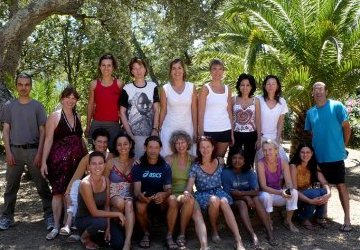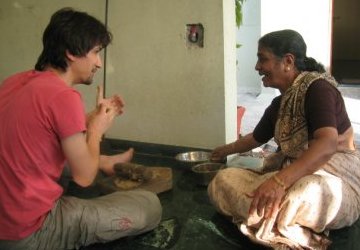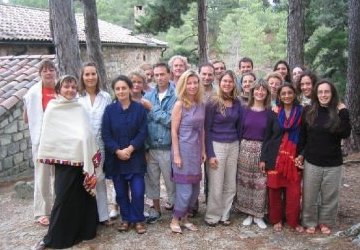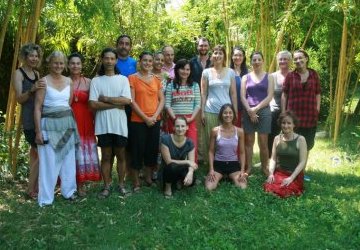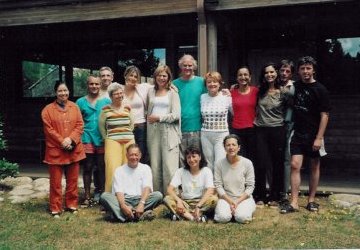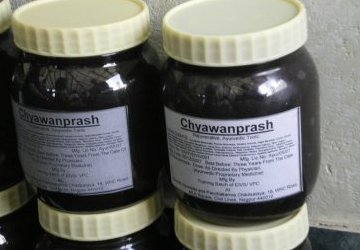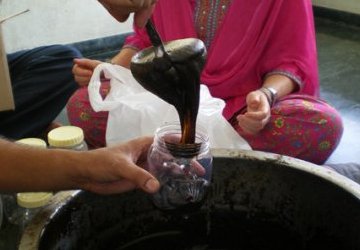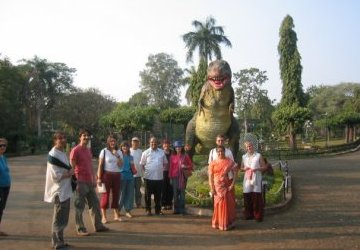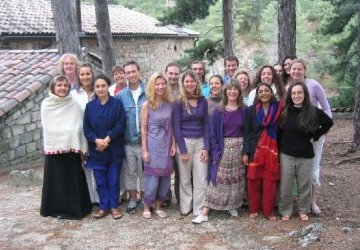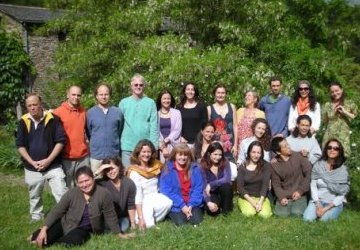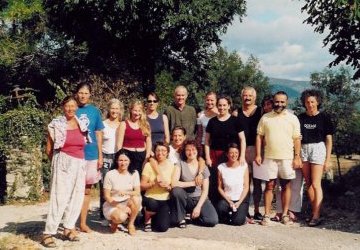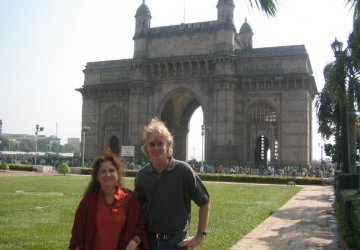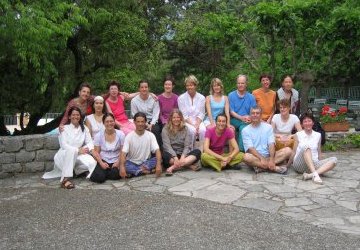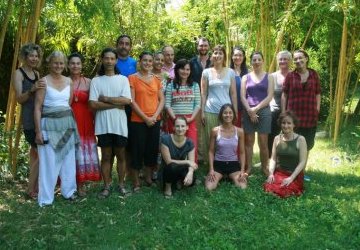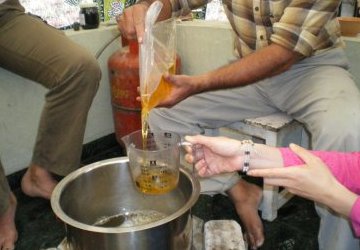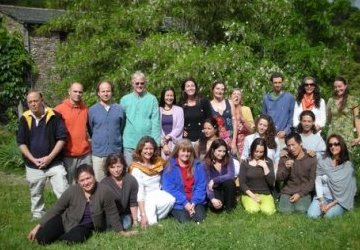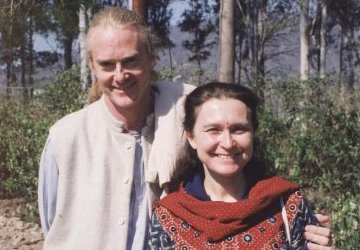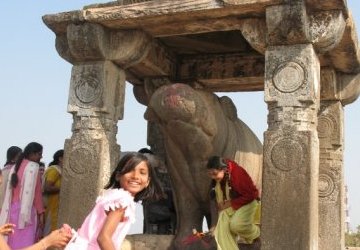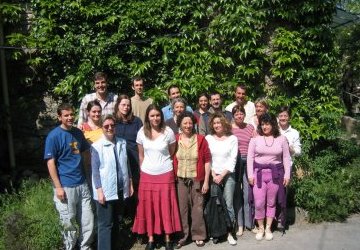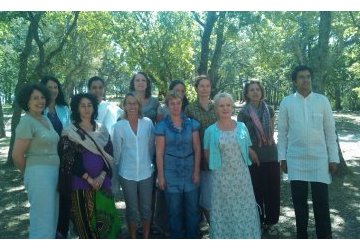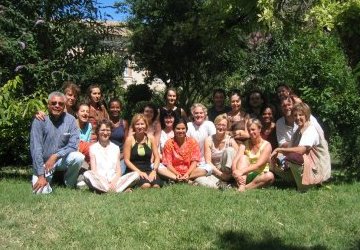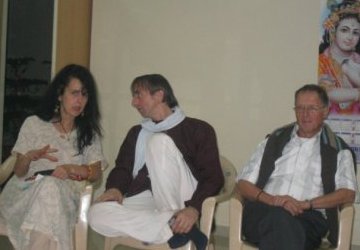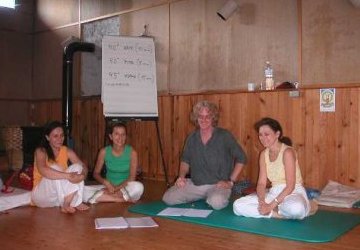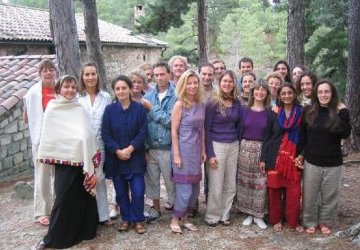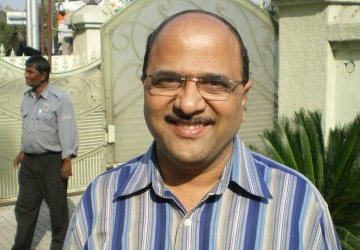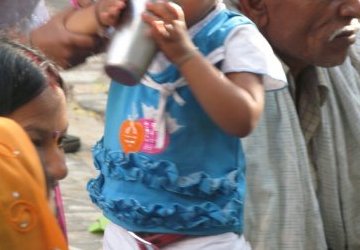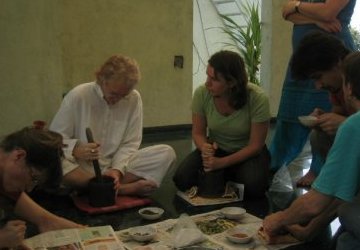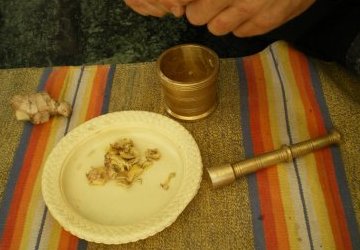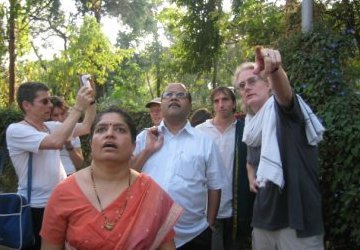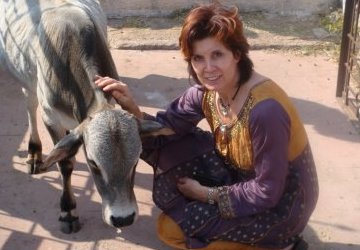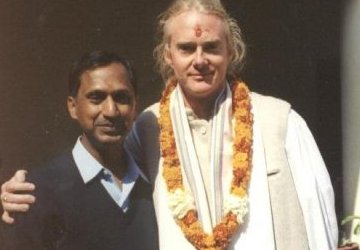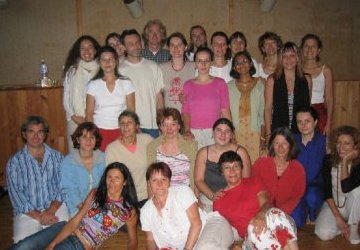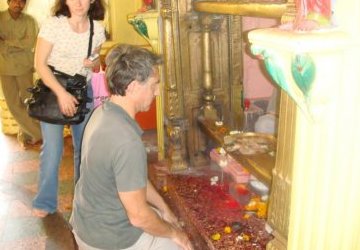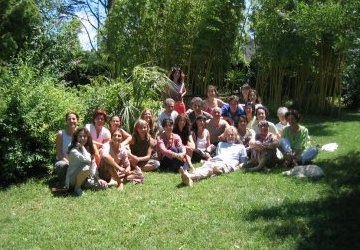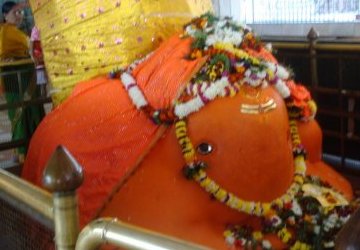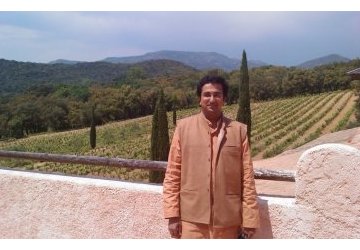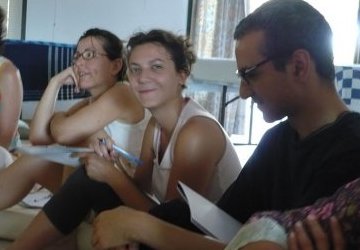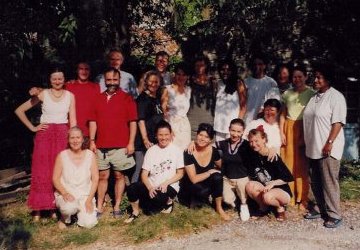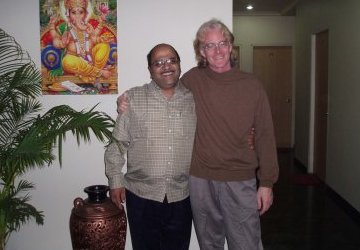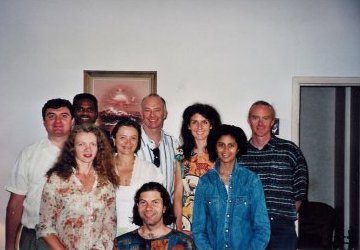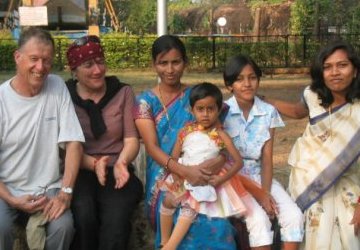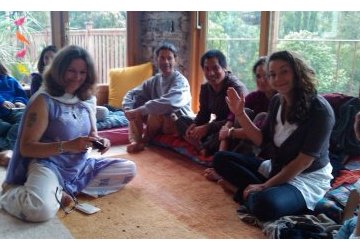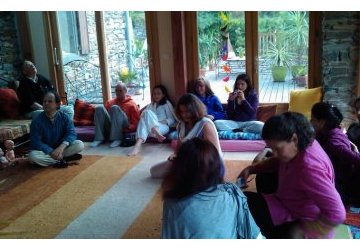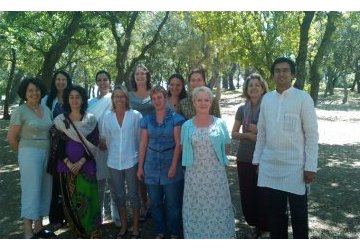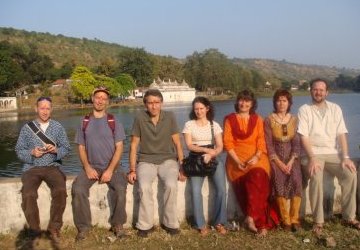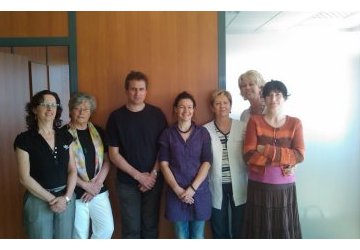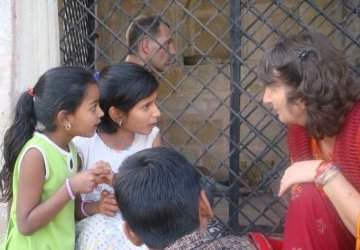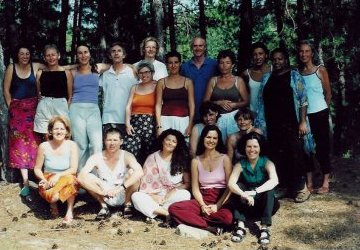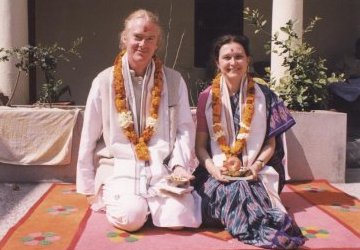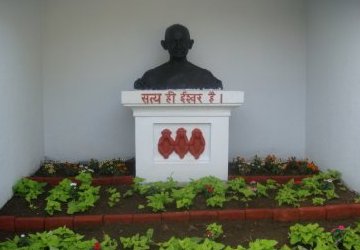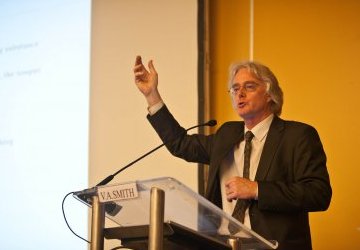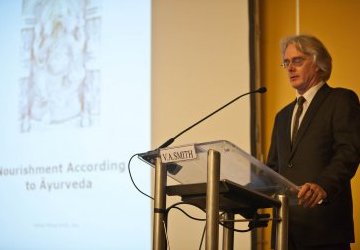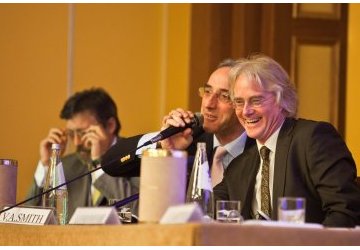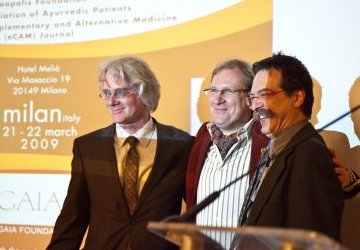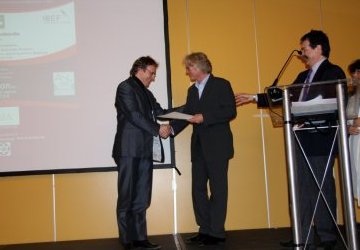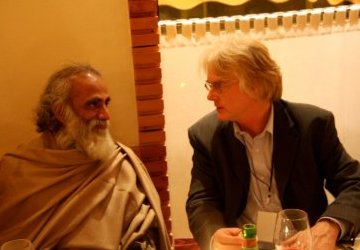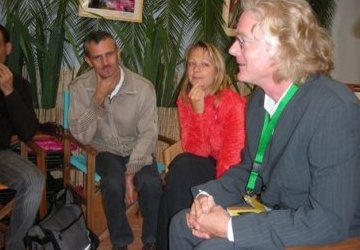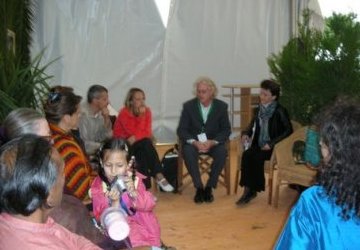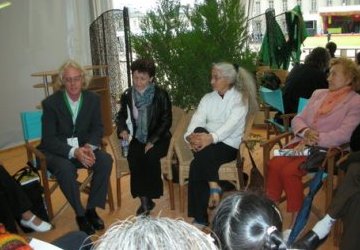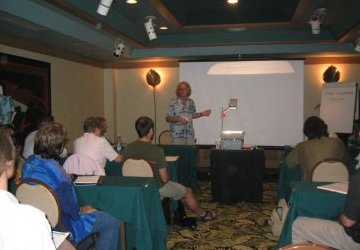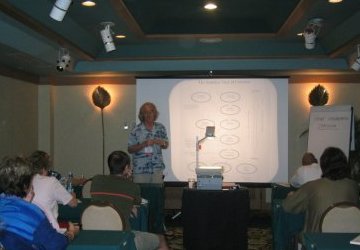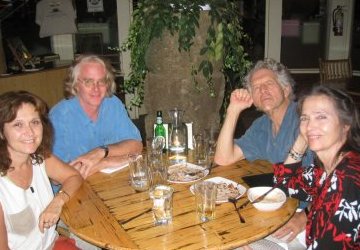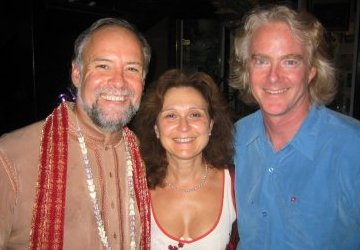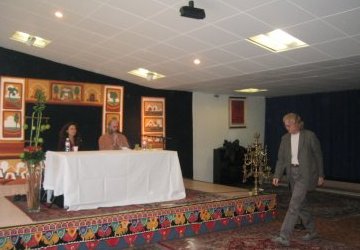Pharmacology of Consciousness
The Vedic system of knowledge from which Āyurveda originates states that all matter is derived from consciousness. This vision perceives the universe as an intelligent, conscious whole. Āyurveda, the Vedic system of medicine follows this perception of conscious intelligence in a medical application. Thus, the use of pharmaceuticals that are found in nature reflect the conscious intelligence of the universe as expressed by Prāna – the universal building block of Vedic science. This concept, Prāna, is usually translated as “life force”, or by “movement” or other non definitive definitions. One possible definition that we can use is: “the conscious, intelligent function of life in a dynamic manifestation”.
Perhaps by reflecting on this definition we, as Westerners, can begin to understand the Āyurvedic system of pharmacology. This science in Āyurveda is called Dravya Guṇa Shastra or the “science of the attributes of substances”. The primary attribute of the universe is consciousness, followed by its manifested principle, Prāna. All of Āyurvedic pharmacology is based on this fundamental vision. The so-called “energetic” system of understanding and classifying herbs is not really an accurate term for Dravyaguṇashastra. Rather, it is concerned with the manifestation of consciousness as expressed through its manifested attributes, not simply with physical attributes of substances that are globally grouped together as “energies”.
This subtle difference in perception is enormous in practical application. In essence it means that every herb has the potential to attune consciousness with consciousness, or to bring a harmonious prānic function to a disharmonious prānic function (e.g., illness as a result of discord in prānic function is corrected by correct prānic function). The model Āyurveda presents us with to understand herbs, minerals and other therapeutic substances is based first and foremost on the idea that consciousness will tend to awaken consciousness; prāna will attune prāna. Thus, Āyurveda has given humanity a unique model to understand and use therapeutically different substances.
This model is based on the idea that by increasing the intelligence of the body it will function correctly. The intelligent function of the body is governed by the three Doṣa or Dosha. In Āyurveda it is clearly stated:
“Pathogenic factors in the body are vāyu, pitta and kapha (tri dosha), while those in the mind are rajas and tamas.” C.S., Sut. 57
Thus, correcting doṣic function is the basic aim and goal of Dravyaguṇashastra.
The goal of Āyurveda is to correct the conscious, intelligent function of the body and mind. Chemicals are also attributes of any substance; however, they are not dynamic in an isolated state. Each dravya or substance in nature has its own unique quality and group of attributes. Isolating one or two of these attributes, or chemicals, is very much like removing the liver from the body to obtain more enzymes. The “donor” of the liver of course dies and its unique grouping of attributes also is dissipated at death along with consciousness. When we isolate one part of an herb or mineral we affectively “kill” the greater capacity of the substance to work directly on the conscious, intelligent principle of our body (prāna) as processing the dravya defuses the binding consciousness and renders it ineffective in terms of prānic function.
This is perhaps the most fundamental difference between the “Āyurvedic model” and the modern “biochemical model”. The biochemical model must be used subserviently to the Āyurvedic model for numerous reasons in pharmacology. The most important reason is that the fundamental vision of life as a conscious dynamic force permeates all creation. Additionally, there are too many ingredients, both passive and active, in botanicals to warrant an isolative approach as their interactions and relationships cannot be studied with the biochemical model – there are simply too many possibilities present at once to use this narrow methodology of classification.
Medicine has worked well for many thousands of years with an energetic model. This approach is needed more than ever as the number of secondary effects from chemical medicines is rapidly increasing to epidemic proportions. Hundreds of thousands of people are rendered disabled annually by modern chemical medicines and over a hundred thousand die each year in hospitals directly because of medications in the USA alone. In all fairness these people may die anyway, herbal medicine is not the “magic bullet” that modern medicine keeps looking for. The real “magic bullet” in health care is to live sensibly, eat alive, whole foods (i.e., real food), exercise, and be happy. But this approach of course requires some effort on the part of the patient who usually ends up in the doctors’ office precisely because of his / her lack of personal health care.
Copyright © 2015 EIVS GmbH

